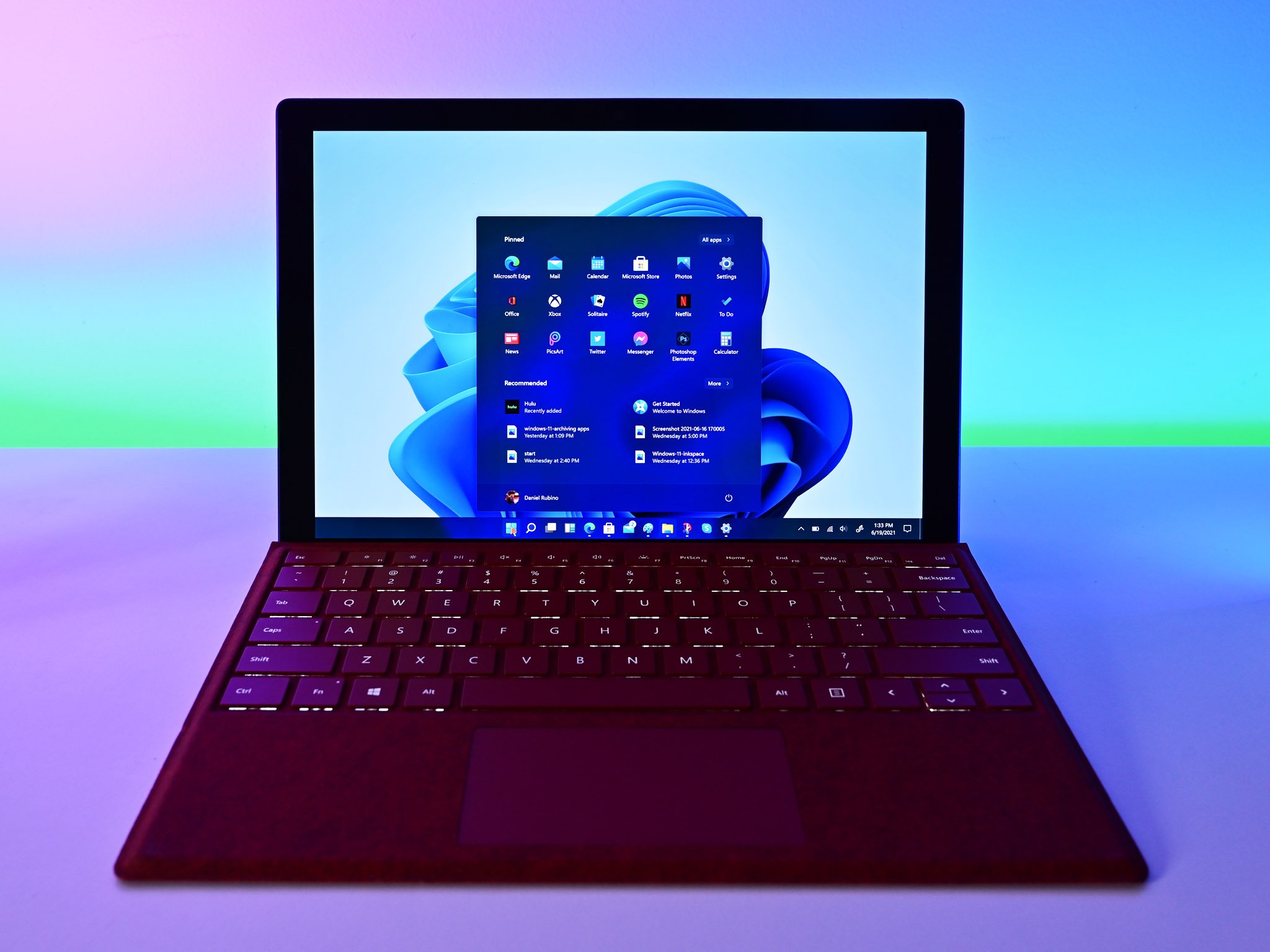
Ablog post from earlier this year explained how “Windows 11 is the most inclusively designed version of Windows,” according to Microsoft. Now, another blog post from the company highlights the team behind the accessibility features of Windows 11.
John Porter is an input and accessibility designer. He uses voice and speech recognition technology, which provides a unique insight into accessibility tech. “Having someone on the team like me who didn’t grow up entrenched in a traditional notion of what it means to interact with a computer allows me to think outside the box,” said Porter.
Porter joined Microsoft three years ago. He’s been part of an effort by the company to make devices more accessible, which includes making devices more flexible.
“It was critical to recognize that no two people with disabilities are alike. One person who’s blind or low vision can’t act as a proxy for an entire community,” said Porter. He added, “The only way we’re going to be able to move forward to represent the full spectrum of human diversity is by being understood and represented in the things we create.”
Jiwon Choi is Porter’s manager and has been with Microsoft for eight years. “Accessibility wasn’t an afterthought,” said Choi. “What I like the most about the icon being a human figure is that we’re not just talking about one type of disability. We want to embrace the fullness of that range in the spectrum. And to recognize first and foremost, that what it means to be human means to have differences and diversity and to celebrate that. We really felt like the human figure really embraces those principles.”
Natassia Silva also worked on accessibility features for Windows 11, including the pen menu, handwriting panel, language switcher, and input method editor for East Asian languages. She also worked on settings for text size, visual effects, and color filters. A large focus of her work has been on high contrast themes.
“I was also very fortunate to work with a product manager who did identify as someone with low vision,” said Silva. “It was helpful to have multiple perspectives and it’s those multiple perspectives and listening to those with lived experiences that helped shape and drive the design.”
Microsoft has also invested time and effort into accessibility tech on the hardware side of things. During its Surface hardware event, the company showed off the Surface Adaptive Kit, which helps make Surface devices more accessible.
[“source=windowscentral”]




